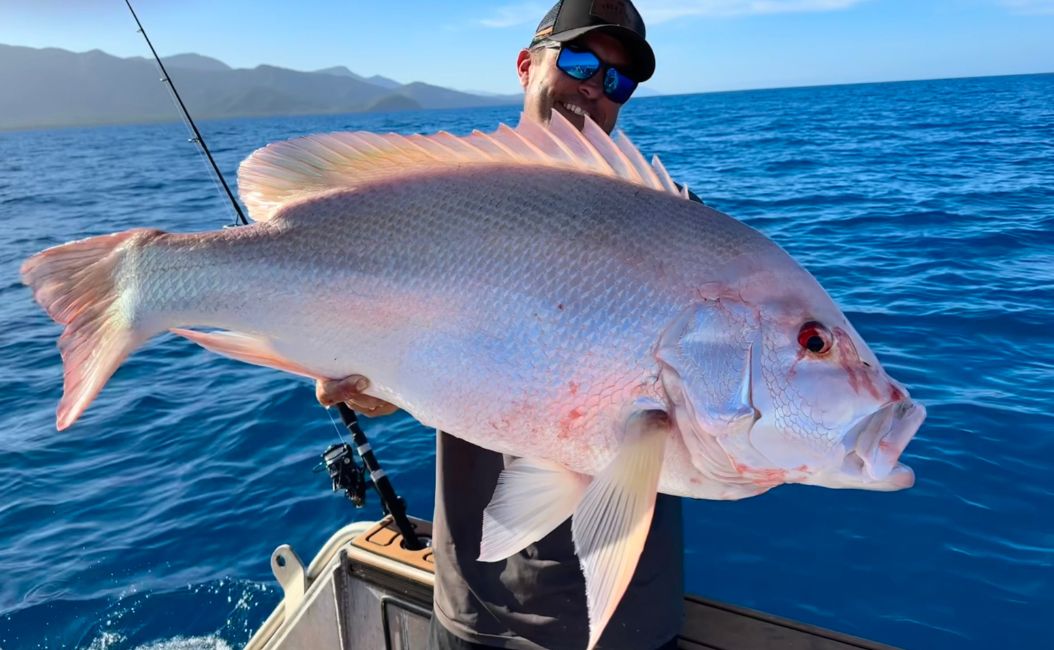
Words by Nick Fewtrell
It’s that time of year again!
If you’re lucky enough to be sitting along the beautiful Port Douglas marina, enjoying a hot coffee from one of the first-class cafés or a craft beer from the local Hemingway’s Brewery, the cool winter temperatures add to the serenity of Dickson Inlet. Birds, bats, and fish life go about their business, and one can quickly become mesmerised by the sight of high-polished towers standing as tall as a sailing boat’s mast, stainless rigging holding the giant outriggers, and a complexity that blends into pure beauty—particularly if you’re a fisherperson.
What I’m really trying to say is: when some of the most impressive game boats in the world are docking in Port Douglas, it means one thing — it’s getting close to heavy tackle season.
August and September mark the traditional light tackle season, bringing a run of smaller black marlin and mackerel. These months are a great warm-up for what’s to come. Juvenile marlin feed fiercely on the large bait schools pushing through the region at this time of year, gorging themselves as they move with the warm currents, packing on as much weight as possible.
Targeting these small black marlin is extremely fun and a great introduction to the sport of game fishing.
While they’re small in marlin terms — averaging 10-50 kg — they suit anglers who don’t want to be strapped into a chair fighting for hours, or those simply wanting a taste of marlin fishing, or to tick a species off their bucket list. This is the time and place to do it, with many local charter operators offering the opportunity to get out and experience it.


